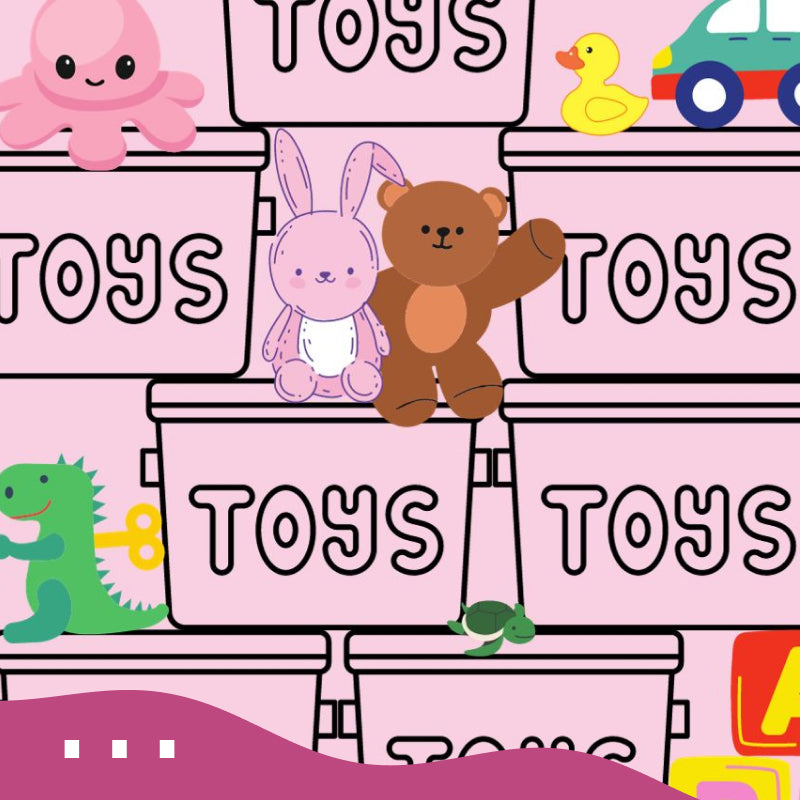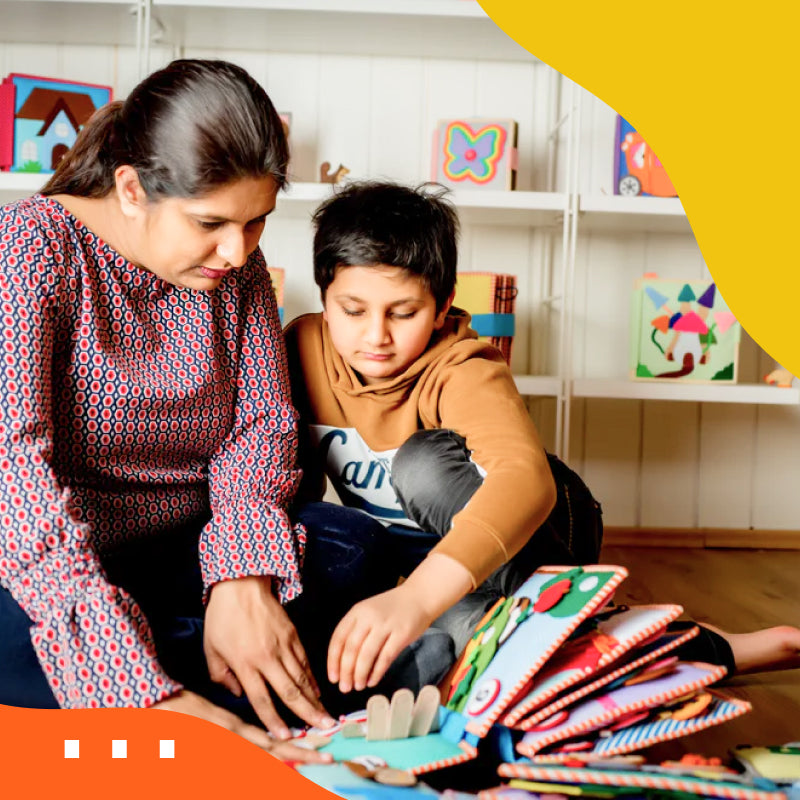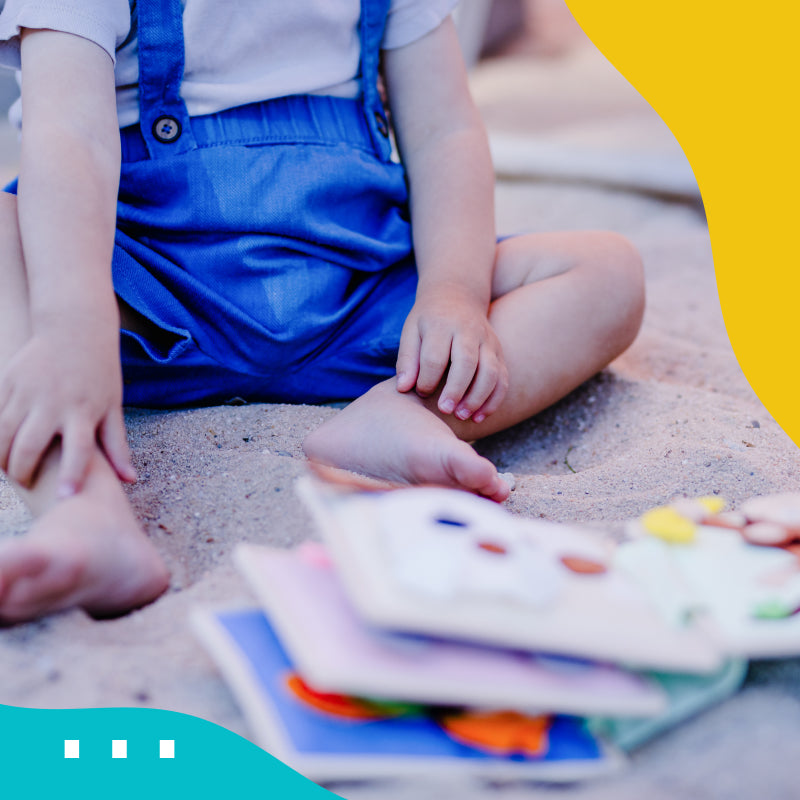Bright eyes, great joy, happy smile. Most parents know the reactionswhen the child has just received a new toy uand the nursery fills up. But how many toys does a child actually ? The answer is: less than you think.
Overstimulation
Drawers and boxes are overflowing with toys. The child only clears out and hardly plays with anything. The child is overstimulated, unfocused and has lost track of his own toys. All of these can be possible languages of too many toys in the child's room. How can I help the child? Help is provided by clearing out and reorganising the room together with the child. So that the child is not sad afterwards when it notices that toys are missing from the room, it should be involved in the clearing out process. Make sure that you put away things that your child no longer plays with, is no longer interested in, is not age-appropriate or is broken. You can put these toys together in a large box, which is then stored in the basement. The child knows his toys are not gone. They are just stored in the basement and can be brought back into the room or exchanged for another toy at any time.
Less is more
The fewer toys children own, the more their imagination and creativity can flourish. Because of the many toys, children are often permanently occupied and there is hardly any time left to be bored. But that is exactly what is so important. Boredom gives children new ideas, they make independent experiences which they can fall back on later in life. Children do not need to be entertained all day. Observe your children when they are bored without immediately offering them something. Often the best games and creations are created in such situations.
It is always fascinating how long children can occupy themselves with the simplest everyday objects. Cooking spoons, cotton buds, egg cartons, clothes pegs, sponges or Tupperware containers are often much more interesting for small children than conventional, bought toys. Go ahead and let your kids play with these things, it helps their eye-hand coordination, aids concentration skills and is even very good for developing their fine motor skills. However, there are also toys that can perform exactly this function.
The "right" toy
An incredibly wide range of toys, can overwhelm even us adults. Here are a few tips to keep in mind when choosing toys for your child:
- Toys should be sturdy and robust: toys that don't last are usually very disappointing for children.
- Age-appropriate toys: make sure you choose toys that are appropriate for the child's age. Children should neither be underchallenged nor overchallenged.
- Merchandise Toys Rather Avoid: Toys related to certain children's series or movies always appeal to children a lot at first. However, since these toys or the play figures often leave little room for their own play ideas or creativity, they quickly become boring and are no longer played with after a few days.
- The toy should be combinable with other toys : For example, you could combine wooden building blocks and small cars and use the building blocks to build parking lots for cars. Or you could build enclosures for the play animals out of a wooden rainbow.
- The toys should be made of high-quality material : To ensure that children have fun and enjoyment with their toys for a long time, you should pay attention to the quality.
- Is there enough space for the toys? You should always think carefully about whether there is enough space for the toy or whether it would just get in the way for all the family members.
- Focus on developmental toys: Based on your observations, you can support the child in areas such as language or motor skills. If your child needs support in a certain area, choose toys in this direction.
- Complementary toys: Once you have started buying Duplo, Playmobil, wooden blocks, trains, etc., you can always add to these toys.
- Pay attention to the child's current interests: Children are usually very particular about showing what interests them at the moment. If the child likes to move around a lot at the moment, you could give him or her a balance board, or if the child likes to dance or listen to music at the moment, a rattle or a xylophone could be interesting.
In addition to the topic of toys, the way your little ones play is also relevant.
Playing outdoors
It is important to let children play outside in the fresh air as this is particularly good for their development. Children usually have a strong urge to move and are much more active when they are allowed to move around a lot. By playing and experimenting with natural materials such as stones, sticks, leaves or snail shells, children discover their environment in a completely different way. Try observing your children on a walk or in the forest. You will quickly notice that they have an urge to explore and are very curious.
Toys are simply part of healthy development. But too much of it is not good for our children, as it can limit their natural urge to explore. That's why we should try to find a middle ground. We should both offer children toys and give them enough space for their creativity and imagination.



Leave a comment
All comments are moderated before being published.
This site is protected by hCaptcha and the hCaptcha Privacy Policy and Terms of Service apply.